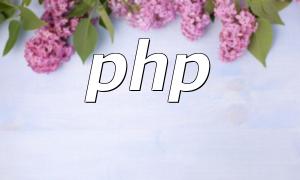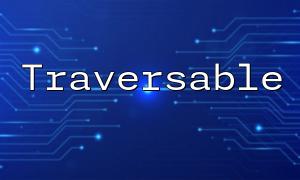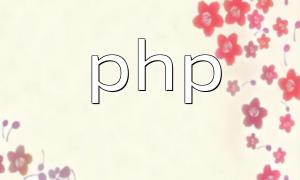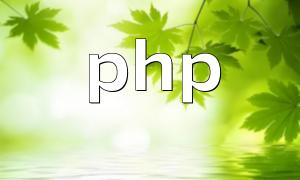Before starting the PHP installation, ensure your development environment meets the following conditions:
First, visit the official PHP website to download the latest version of PHP. Choose the appropriate installation package based on your operating system and ensure that you download the stable version for better performance and security.
Depending on your operating system, the installation method varies:
Once PHP is installed, you will need to make some basic configurations. Open the PHP configuration file (usually php.ini), and adjust the following settings as needed:
After completing the installation and configuration, you can verify if PHP was installed successfully by using the command line or a web browser. Run the following command in the terminal:
Alternatively, create a file named info.php and insert the following code:
Then, access the file via a browser. You should see a page displaying PHP configuration information, indicating that the PHP installation was successful.
Through this article, you now understand how to download, install, and configure PHP on your system. Ensuring a proper installation and configuration will lay a solid foundation for your web development projects. By following the steps outlined here, you can easily install PHP and start building your web applications.
If you are interested in learning more about PHP or need further assistance, stay tuned for our updates to receive more development tips and best practices.









